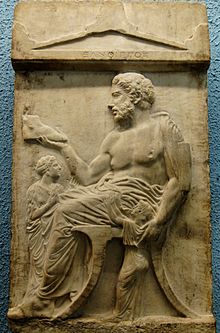Cordwainer
[1] This usage distinction is not universally observed, as the word cobbler is widely used for tradespersons who make or repair shoes.
), and initially denoted a worker in cordwain or cordovan, the leather historically produced in Moorish Córdoba, Spain in the Middle Ages, as well as, more narrowly, a shoemaker.
[1][8] According to the OED, the term is now considered obsolete except where it persists in the name of a trade-guild or company, or where otherwise employed by trade unions.
Christopher Nelme, of England, was the earliest recorded named shoemaker in the American colonies; he sailed to Virginia from Bristol in 1619.
[1] In 1984 a group of shoemakers and historians founded the Honourable Cordwainers' Company as a modern guild; they drew up its charter in the following year.
On 14 June 1749, the newly appointed Lieutenant Governor of Nova Scotia, Edward Cornwallis, arrived off Chebucto Head, Nova Scotia in the sloop-of-war HMS Sphinx with the objective of establishing the settlement now called Halifax.
By 27 June, thirteen transport-ships following the Sphinx reached the harbour with the initial 2,576 British settlers – among them nineteen cordwainers.



